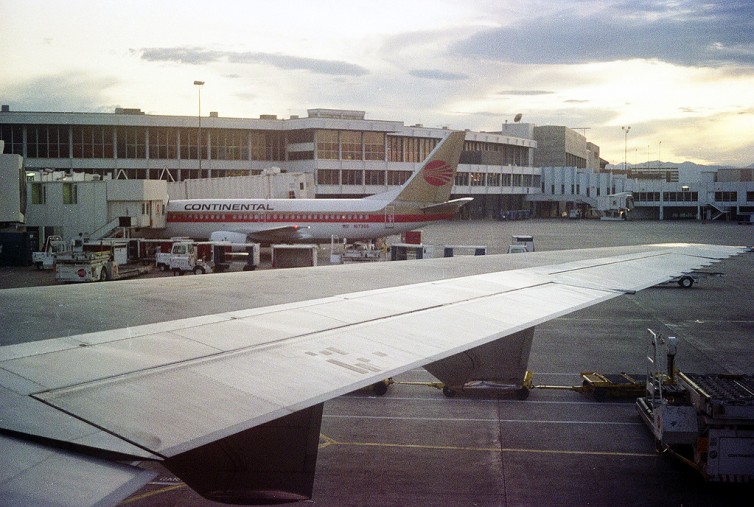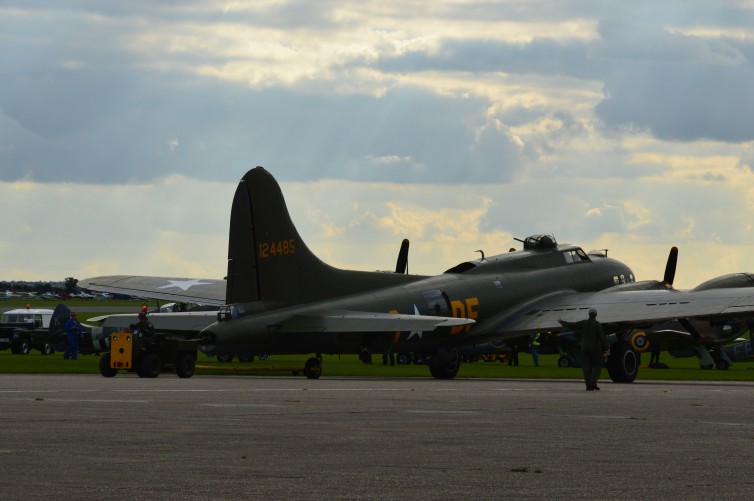
Sally B towed to stand – Photo: Lidia Long
’œUp and at ’˜em, scramble!’: Duxford’s Battle of Britain 75th Anniversary Tribute
’œWould you like to come to Duxford Air Museum with me?’ is the question that the hapless airline pilot, Captain Martin Crieff, asks two women in BBC Radio 4’s brilliant aviation comedy Cabin Pressure. Whilst it’s perhaps not the most conventional place for a date, I applaud the fictional AvGeek for his splendid choice.
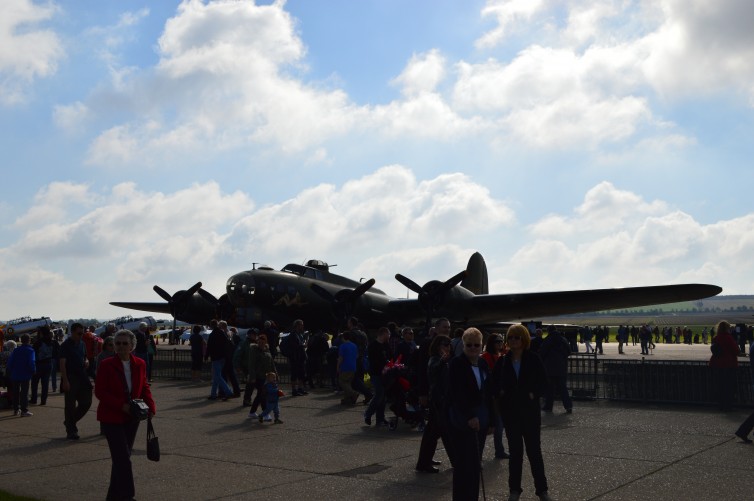
The crowds gather in anticipation – Photo: Lidia Long
Originally home to the RAF’s famous No. 12 Group ’œBig Wing’ and Squadron Leader Douglas Bader, Duxford Aerodrome, in Cambridgeshire (UK), is currently a live airfield (IATA code: QFO), a branch of the Imperial War Museum (IWM), and home to a number of modern and classic military and civilian aircraft.
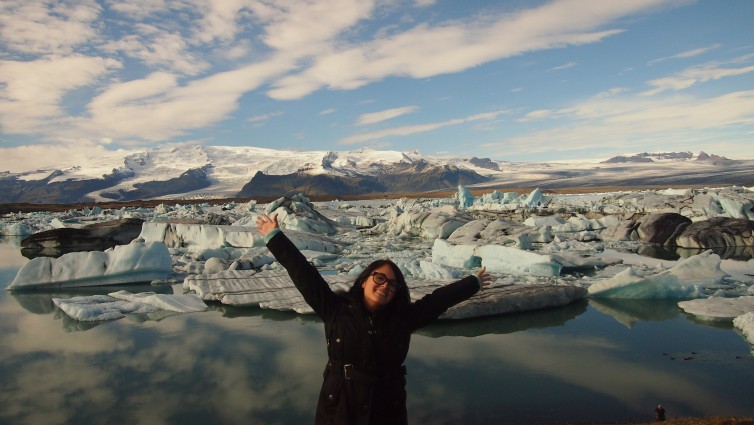
My trip to Iceland in 2012 – Photo: Katka Lapelosová
ICELAND ROCKS
Three years ago, I traveled to Iceland for the first time. It was sort of a spontaneous trip that a friend and I had planned last minute, but it ended up being one of the best international experiences ever. And with flight time being less than five hours from NYC, the chilly country makes for the perfect “long weekend,” European getaway.
Most people travel to Iceland to explore glaciers (check), see the Northern Lights (check), play with Icelandic ponies (check), or hang out at the Blue Lagoon (major check). But one thing they underestimate is what they’ll have to eat while they’re there.
BONUS: Traveling to Keflavik on an Icelandair Boeing 757
Iceland is a foodie’s dream. It’s not really surprising, considering Icelandic dishes are typically locally sourced, and with such unique agricultural conditions, chefs and locals alike have gotten creative with their recipes. The food and drinks I had in Iceland were some of the highlights of my trip, from lobster stew and Skyr (Icelandic yogurt), to whale meat and puffin (ethically farmed, and better than it sounds, trust me).
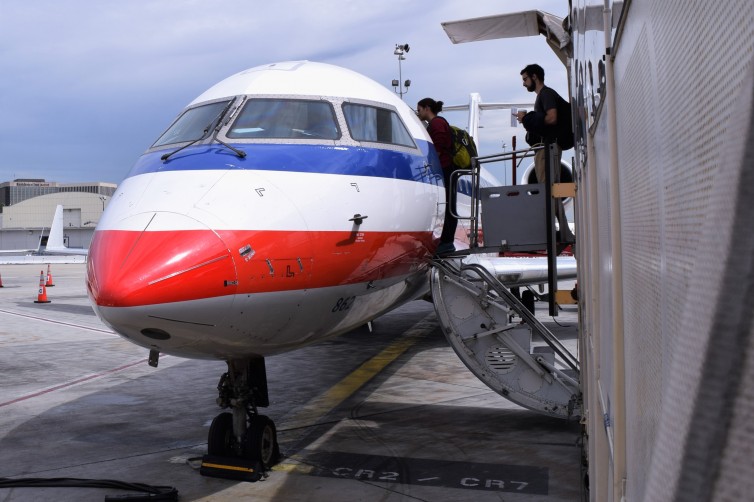
An American Eagle CRJ-200 during boarding at LAX – Photo: John Nguyen | AirlineReporter
Occasionally, I’ll be as lucky as some of my AirlineReporter colleagues to be flying high in a premium cabin while being waited on hand and foot (see, e.g., David Delagarza’s vacation flight in first-class on ANA, or Jacob’s Pfledger’s mile-high shower on Emirates). But as most of us can attest to, sometimes (or most of the time) we have to schlep it to get to where we want to go.
My wife and I traveled to Europe for a two-week whirlwind honeymoon tour that included 10 cities in eight countries, as well as eight individual flights within Europe. We found a smashing deal from Delta to experience premium economy on Air France’s Airbus A380 to Paris. There was just one slight issue: our Air France flight took off from San Francisco, but we live in Southern California — over 350 miles away. The solution: flying in the much-maligned CRJ-200. What sort of life decisions did I get wrong to lead me to suffering this mighty indignity?
I’m an unabashedly proud airline brat. My father was an airline pilot for all of my childhood and continued into some of my adulthood. Even though he was the employee, my parents raised me and my siblings to feel pride in our membership in the airline family. I have found that my experiences are similar to many others who also had a parents flying commercial planes.
Here are a few reasons why I loved growing up in an airline family, even if I spent half of my childhood prior to turning twelve sitting in concourses of Denver’s old Stapleton International Airport.
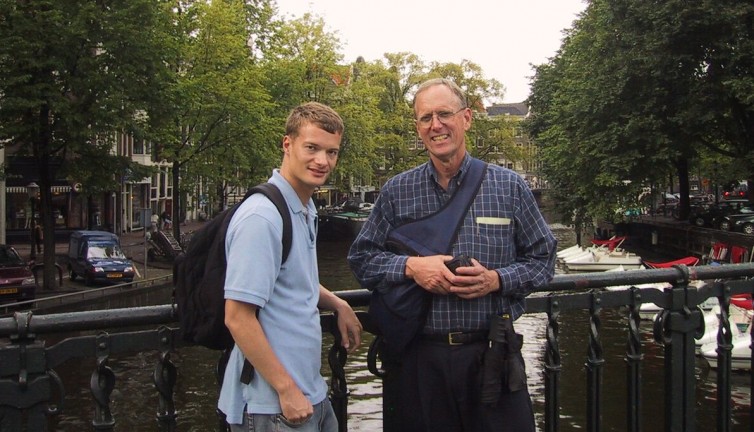
My dad and me on one of our adventures, in Amsterdam – Photo: Steve Petersen
1. The excitement of the airport
Most people feel dread when heading to the airport for many reasons. Lines. Stripping down for security. Lines. Delays. Crowded corridors. Expensive food and stores. Did I say lines?
However, growing up as an airline pilot’s son helped make the airport exciting. Which planes — the vast majority of which I could identify — would I see? Where would flights go? Would my parents take us down to the crew lounge or airport employee cafeteria where the other travelers couldn’t go?
That is geeky, but I even talked my dad once into spending a day to fly to Denver’s then brand-spanking-new airport just to explore it. You know I’m an AvGeek when I once took a date to watch planes takeoff and land at a park near a major airport’s runway (sadly that relationship didn’t work out — but I don’t blame the planes).
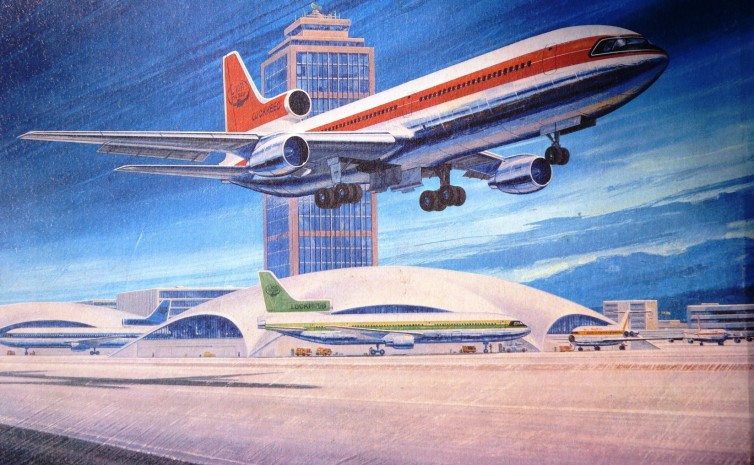
Artist Impression of Future Airport – Image: Lockheed-California Company
I have always been a fan of all things esoteric, the unique, and perhaps even the underdog. Engineering oddities fascinated me from a young age; if it was different or somewhat outlandish, I was hooked. For that reason, it’s probably no surprise to many people that the aircraft I adore more than all others (yes, even more than Concorde) is the Lockheed L-1011 TriStar.
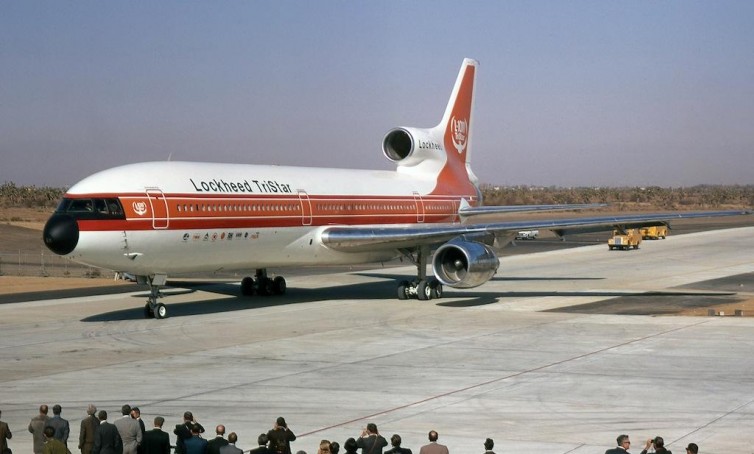
The L-1011 prototype after completing her first flight on November 16, 1970 – Photo: Jon Proctor
However, I can take things a step further, because for me, this is more than an aircraft; it represents the engineering prowess of hundreds of engineers ’“ one of whom I happened to know very well. A man who was lucky enough to spend a lifetime in aviation working for some of the most storied aeronautical firms in history, such as Avro Canada (later Hawker Siddeley), Convair, De Havilland Canada, and Lockheed. Prior to his death in 2013, this engineer described the L-1011 as his ’œmagnum opus’, his greatest achievement as an engineer and the work that he was most proud of.




